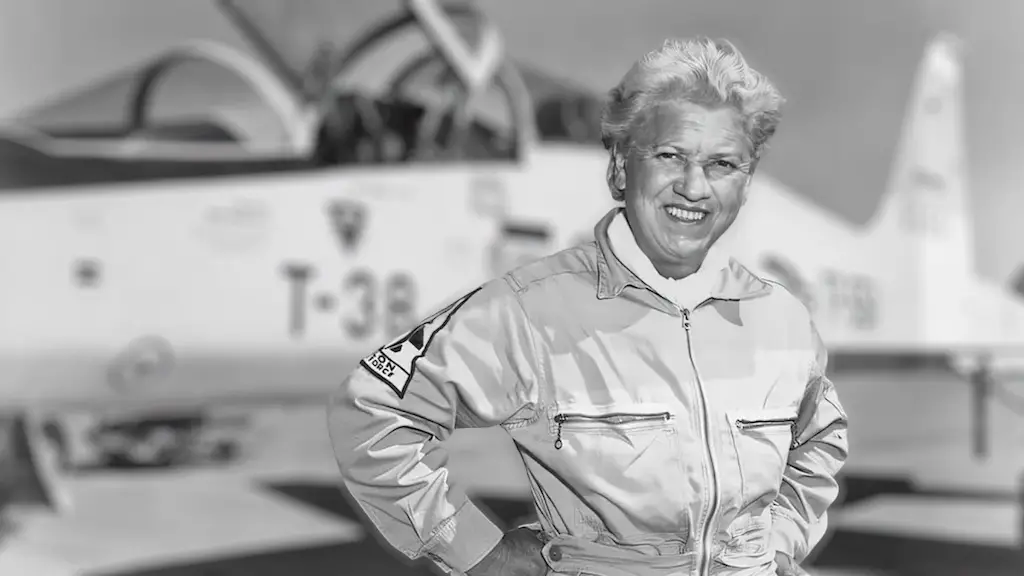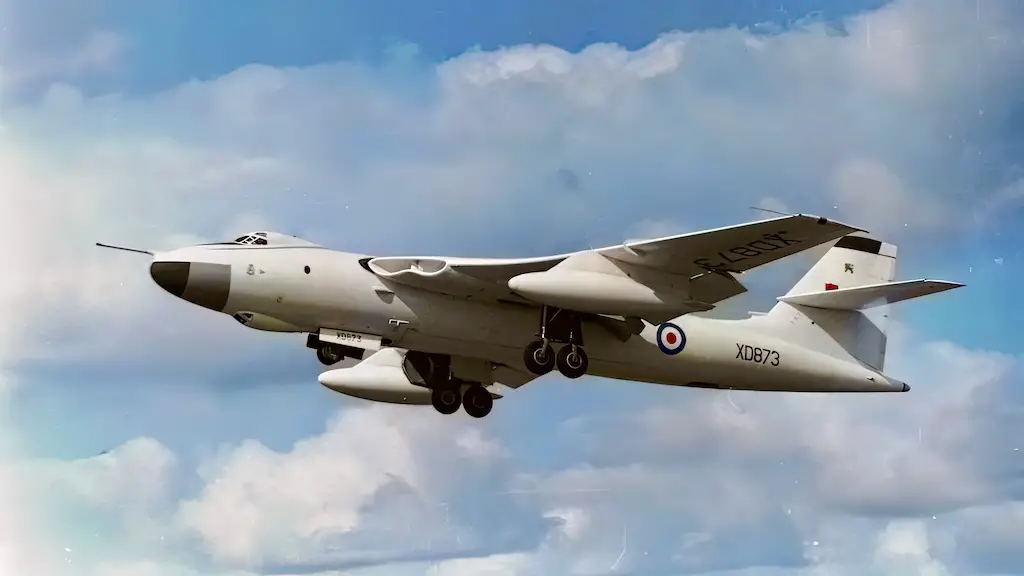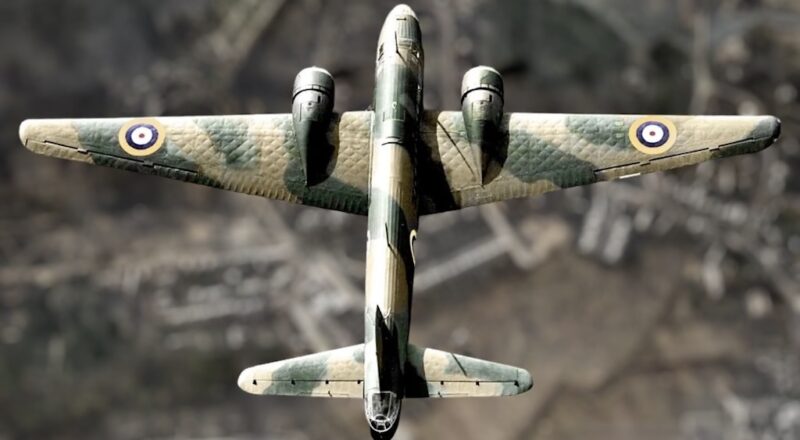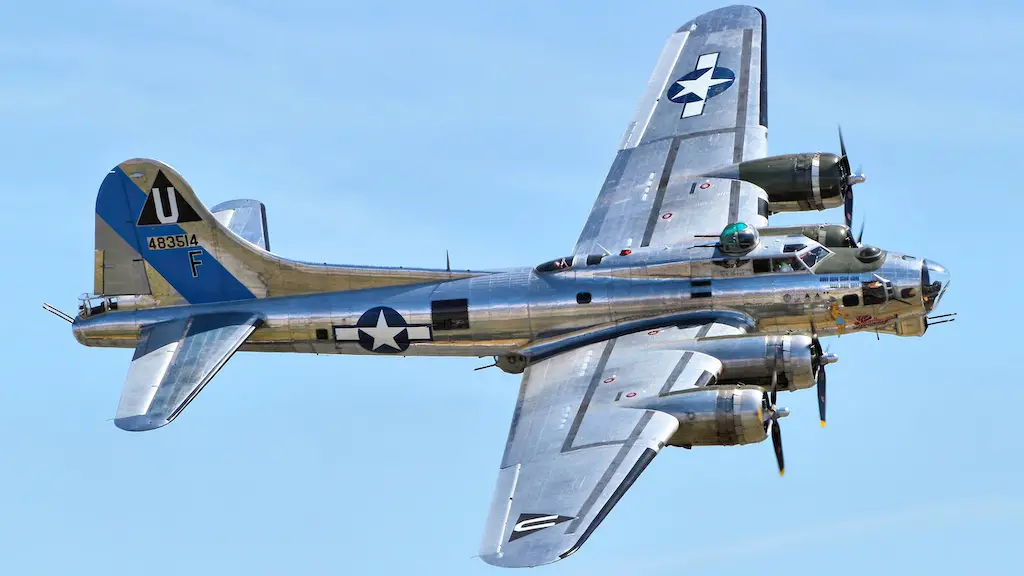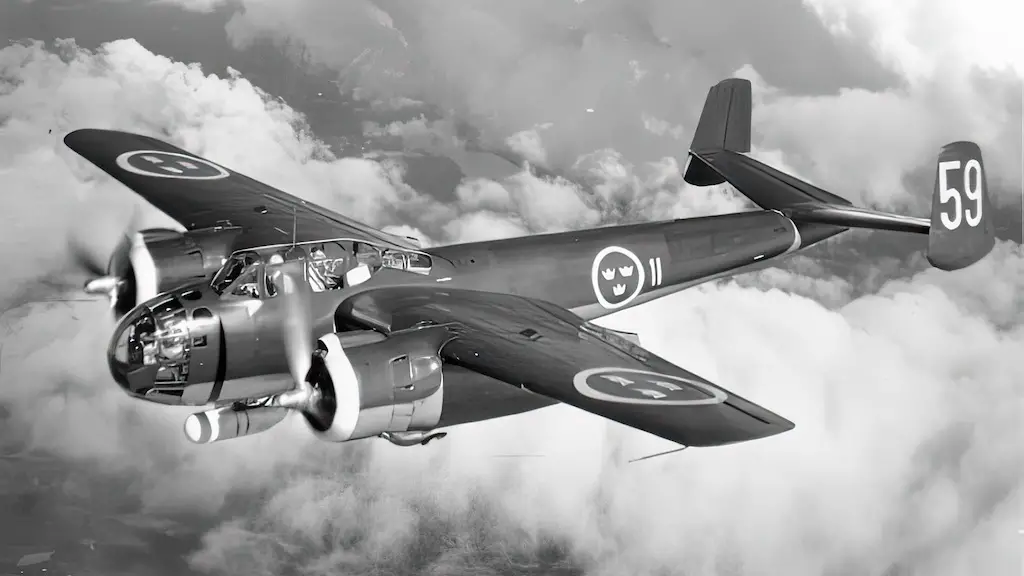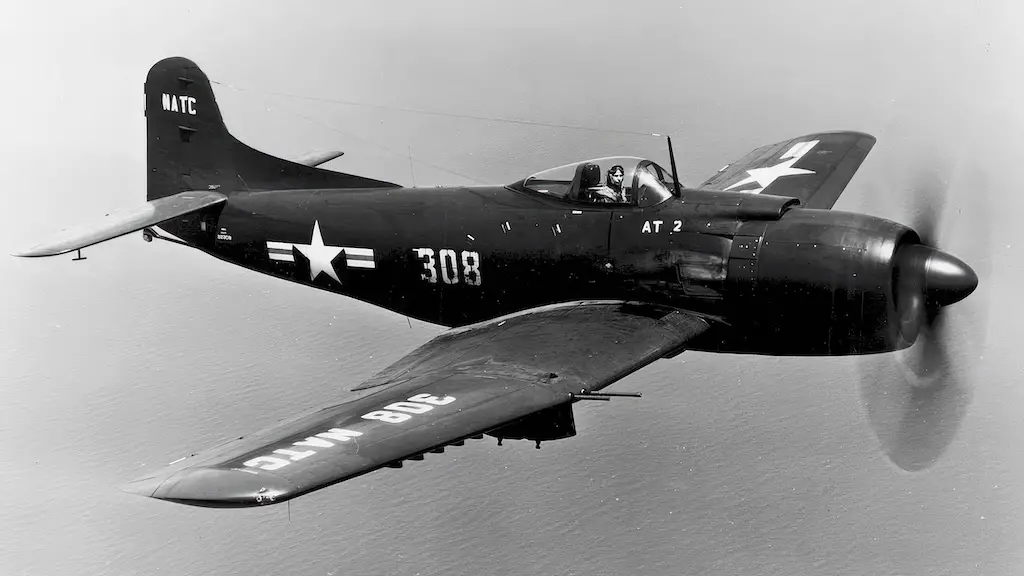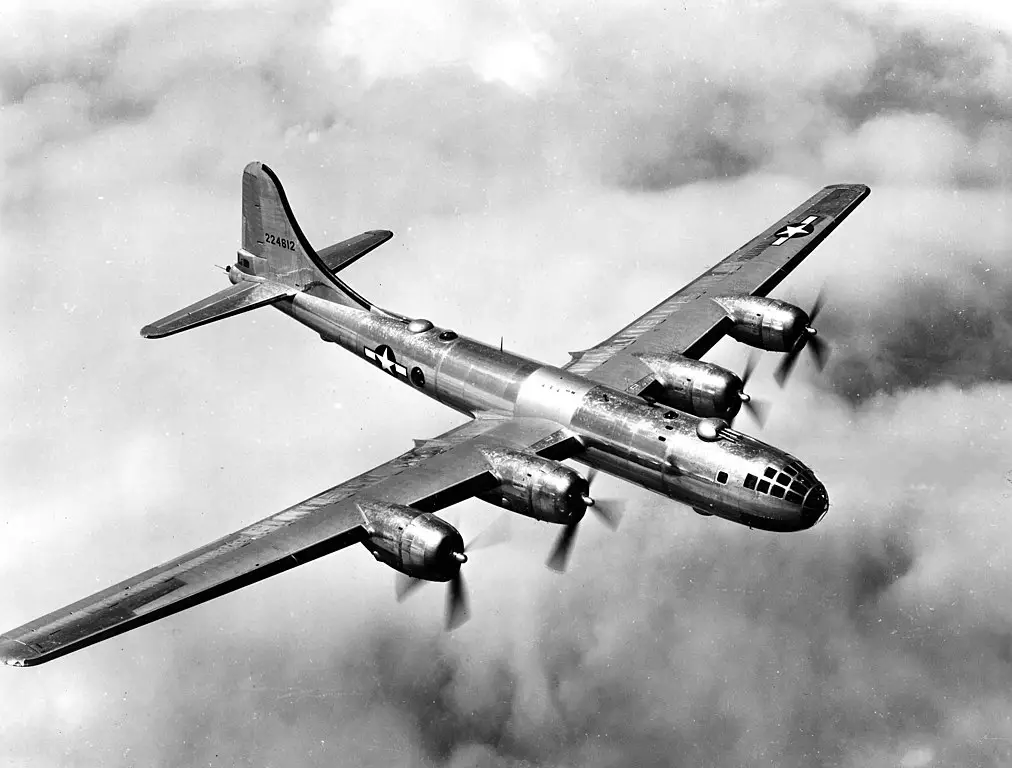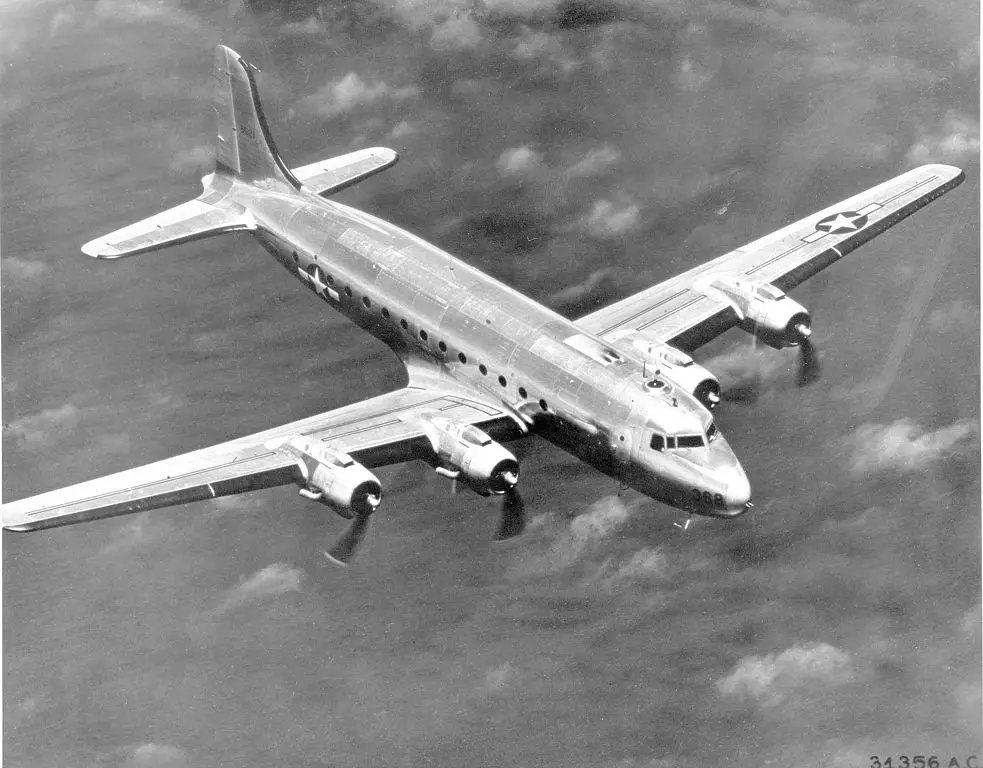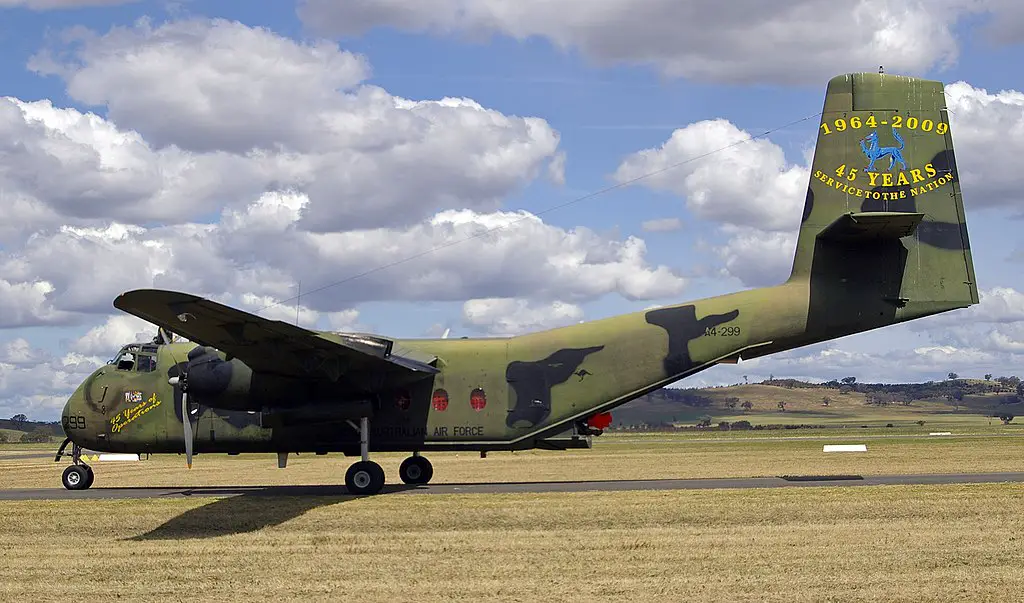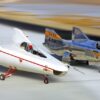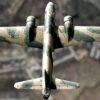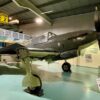A B-29, dubbed Kee Bird, piloted by Lt. Vernon Arnett, took off from Ladd Field with an 11-strong crew onboard on February 20, 1947. On this mission they were supposed to go around the North Pole before returning to base. Nothing like today’s GPS was available to navigators at the time and the polar region is not particularly rich in landscape reference points, so keeping on the course during polar overflights was no easy task.
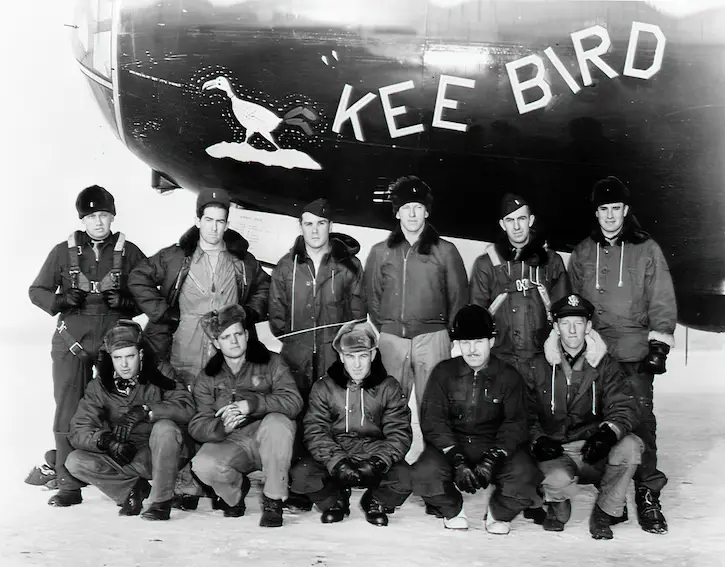
Location
The first part of the flight was quite routine and uneventful, but soon after circling the North Pole and turning back toward Alaska, navigator Lt. Burl Cowan admitted that he could not identify their current location. All their attempts to get back on the course toward Ladd Field using radar and radio compass were futile. Meanwhile, they started running out of fuel.
Emergency landing
The crew had no other choice except making an emergency landing somewhere, anywhere. They saw a suitable area underneath and landed the aircraft on its belly (intentionally not using the landing gear, as they didn’t know how deep the snow was and what they were even landing on).
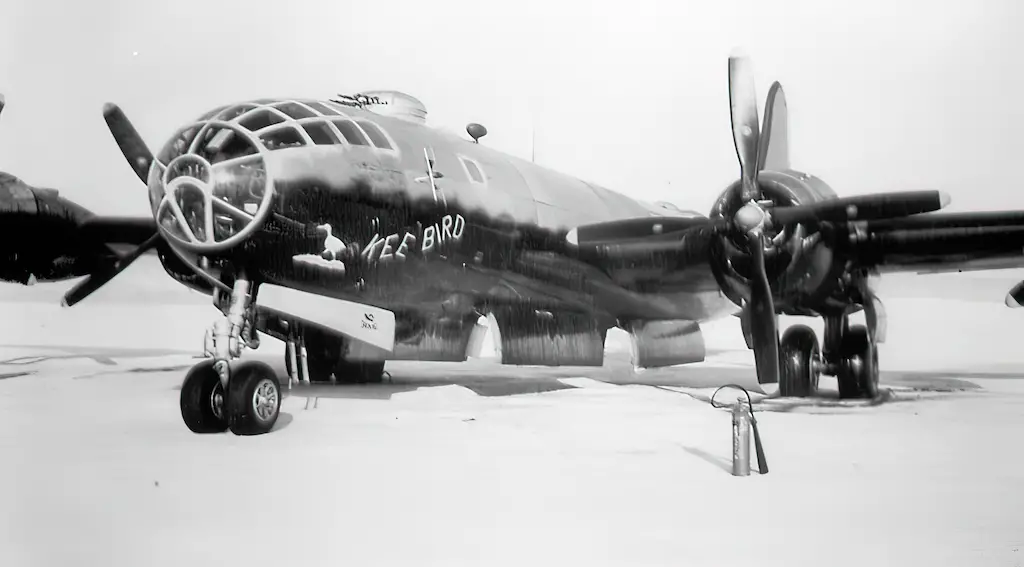
Arnett and his co-pilot Lt. Russell Jordan managed to land the plane safely with all the crewmembers uninjured and the radio undamaged. On February 24 they were rescued by a Douglas C-54 Skymaster. As for the Kee Bird, it was left there, slightly damaged, lying on what turned out to be the surface of a frozen lake in Greenland.
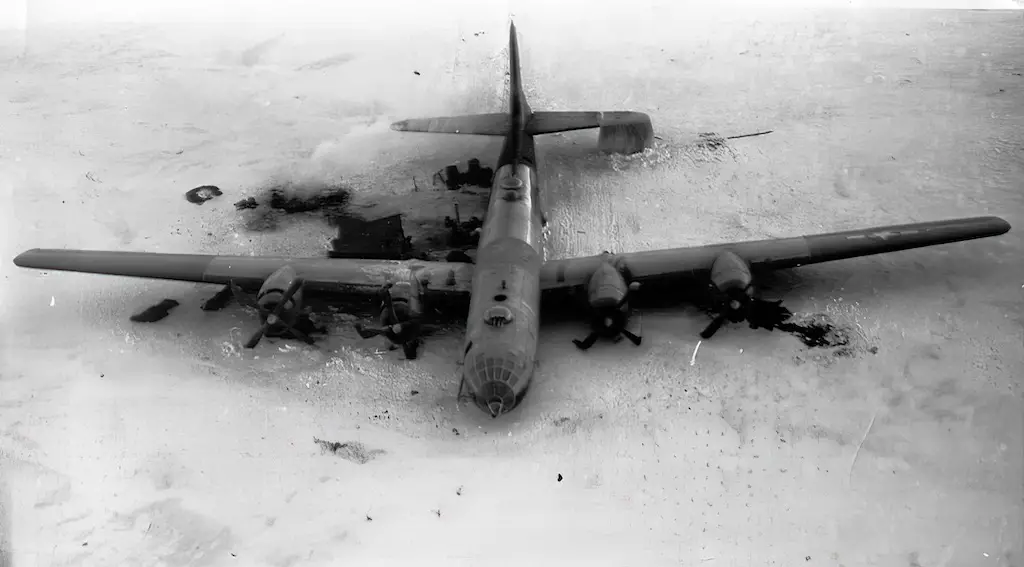
Rescued
Capt. Setterich in a C-54 circled the B-29, taking pictures and making general observations. The crew of the Kee Bird boarded the C-54 and took off at 1625 from the frozen lake assisted by the JATO rockets with all survivors aboard. “After take-off, Lt Pope, Medical Officer from BW-8, examined the survivors but found no frozen parts, but did find mild cases of shock and exposure.” After that, all survivors stretched out on sleeping bags and kapok mattresses, and slept as much as possible during the return flight.
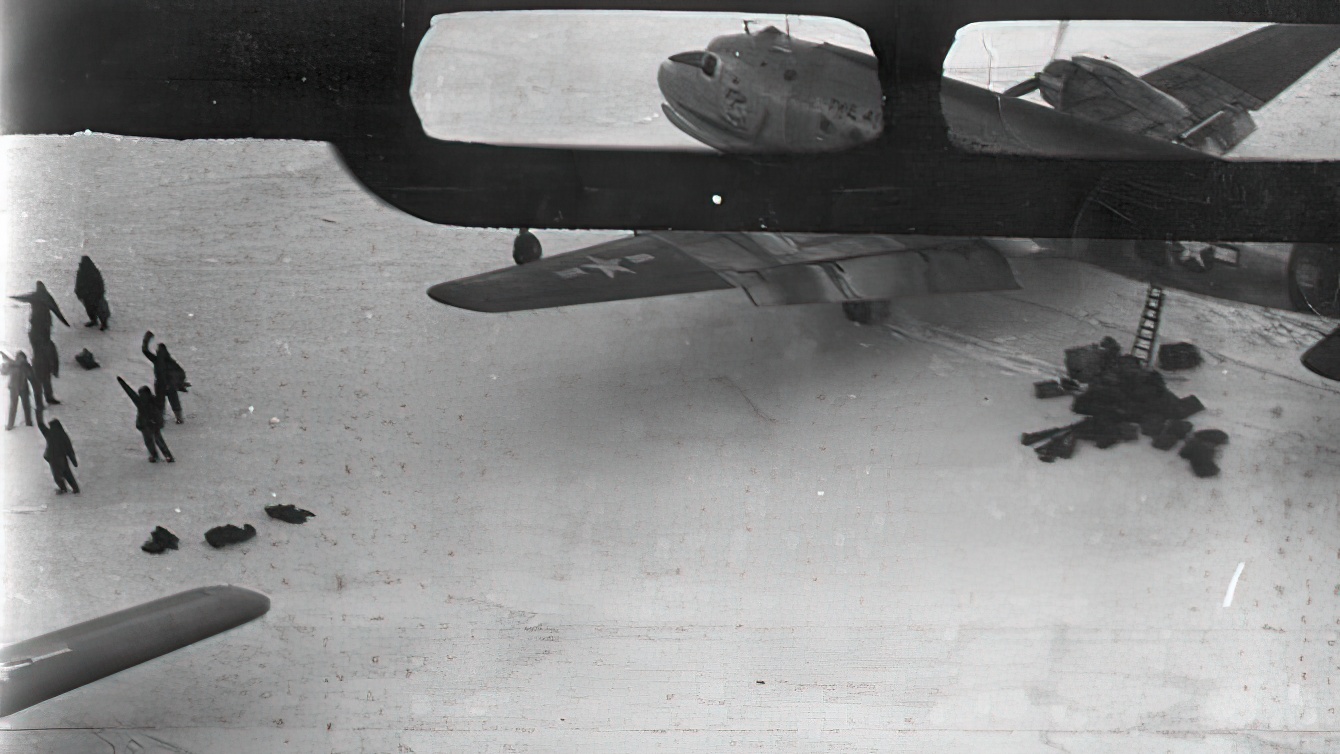
After the C-54 landed at Thule the survivors and the rescue aircraft crew were given a steak dinner. Then the C-54s departed Thule for nonstop flight to Westover Field, Massachusetts, with all survivors and crew members aboard, arriving on February 24. The B-29 aircraft was written off and abandoned, and dropped from Air Force inventory records.
Discovery
Almost five decades later a renowned aviator Darryl Greenamyer organized an operation to salvage Kee Bird, which by that time had become a rarity, one out of a couple of dozens remaining Superfortresses. Greenamyer’s team set up a camp on the icy lake and repaired the B-29, installing new engines and props. By the spring of 1995 they were ready to take the Kee Bird into the air.
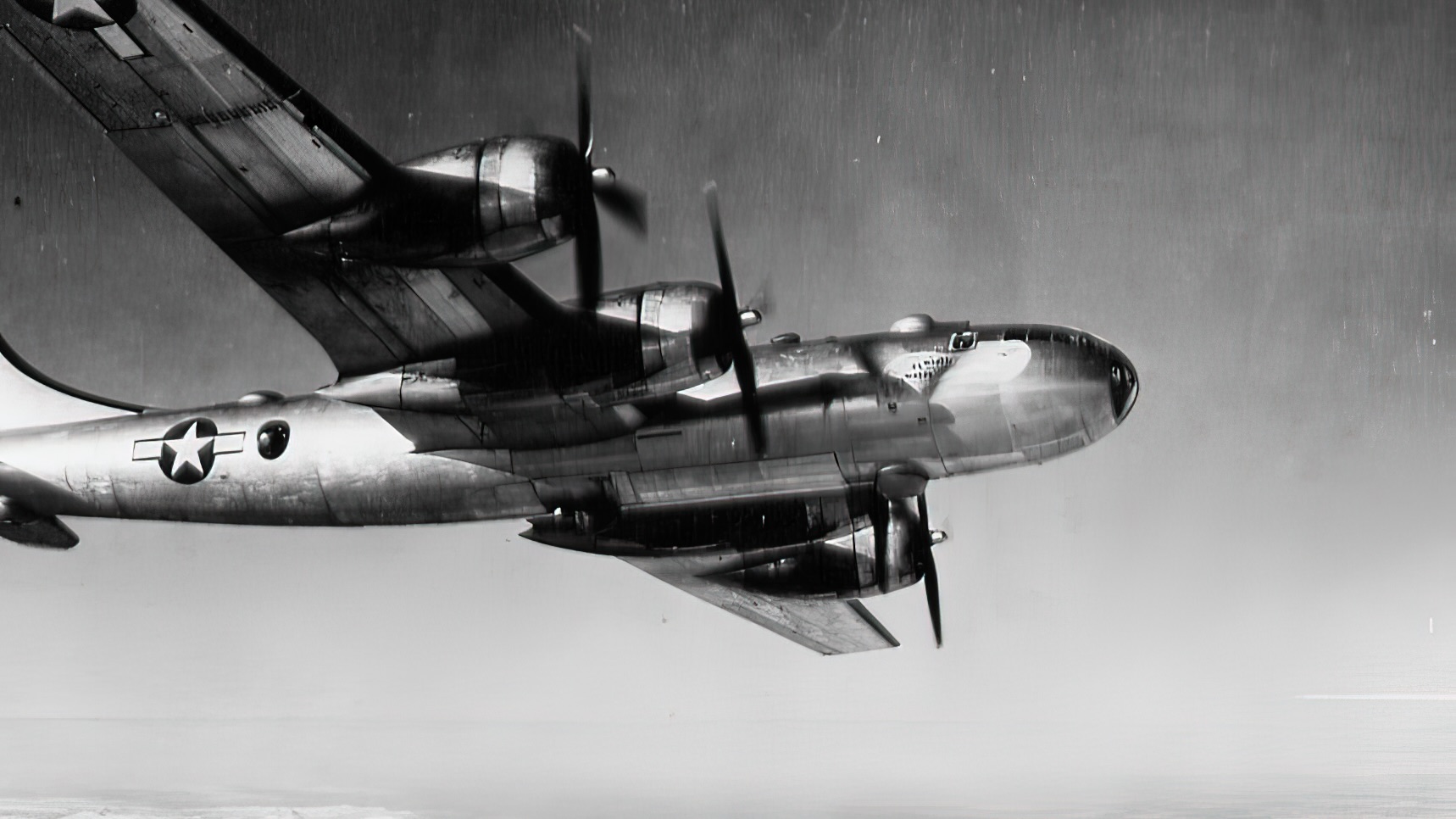
Recovery, restoration attempt and fate
In July 1994, a team of aircraft restorers operating as Kee Bird, LLC, was led by Darryl Greenamyer to the emergency landing site. The aircraft had made a successful landing on the frozen lake and had remained relatively intact at the site ever since.
The USAF had also surrendered any claim to the B-29. The plane was thought to be able to be put into flying condition, flown out of the site, and ferried to Thule AB, Greenland, where further repairs could be made before flying back to the United States.
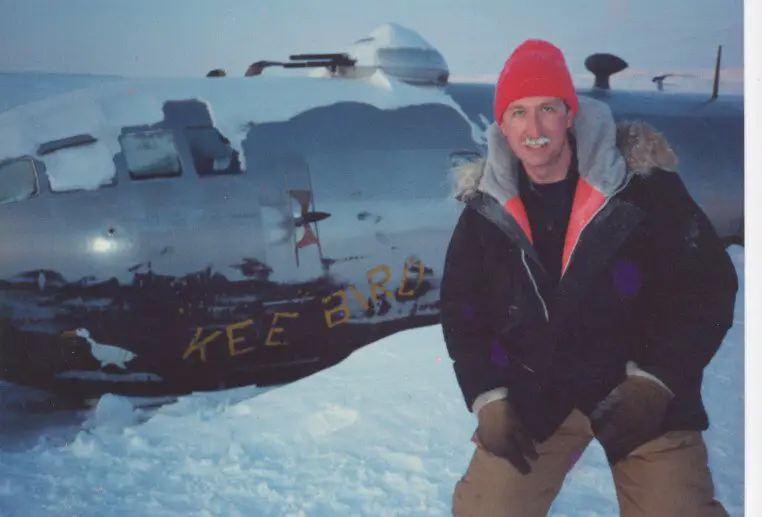
An improvised runway was prepared using a bulldozer brought there on an old de Havilland C-7A Caribou. However, an unfortunate accident ruined all their plans. As Kee Bird was taxiing on the ground, some gas spilled from a can onto the auxiliary generator, causing an extensive fire. The crew evacuated safely, but the B-29’s airframe was damaged beyond any repair. Kee Bird’s destiny was to lie in the ice of Greenland, where its remains and can be found up to this very day.

